Vajrasana Yoga: How To Do It And What Are Its Benefits?
The solution to those troublesome cramps may be easier than you think.
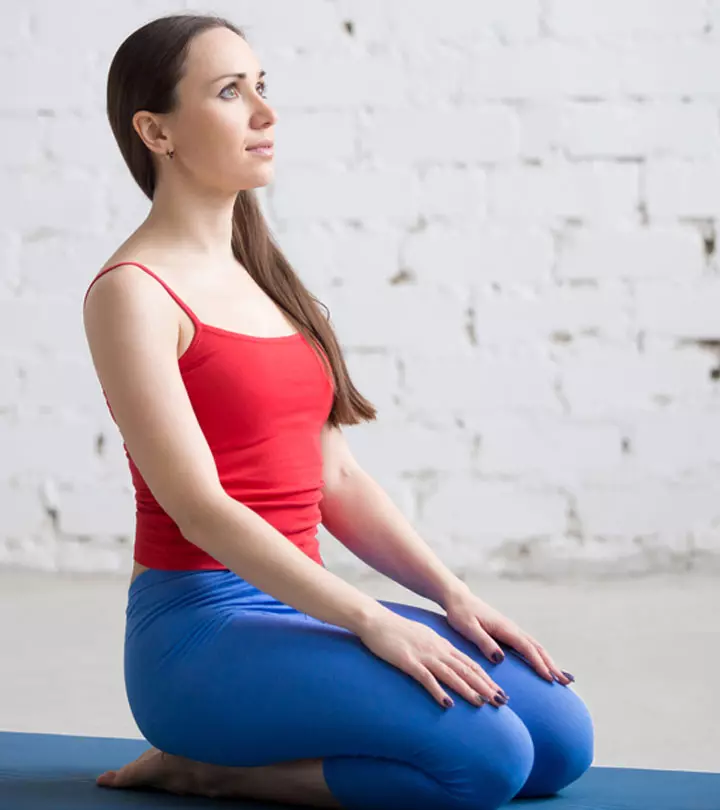
Image: Shutterstock
Sanskrit: वज्रासन; Vajra – Diamond or Thunderbolt, Asana – Pose; Pronounced as vahj-RAH-sah-na.
Vajrasana in yoga involves kneeling with your back lowered and the buttocks resting on your heels. It can be a great solution for treating indigestion and constipation. You can practice this pose after a meal, which is not the case with most yoga poses. Vajrasana is great for your back and mental clarity. Once you master it, you will find it to be a valuable addition to your workout routine. But, can everyone perform this yoga pose? What are the precautions you need to be mindful of? This article touches upon all these aspects and explores the benefits of vajrasana, its science, and more. Keep reading!
In This Article
Everything You Need To Know About The Vajrasana
- What You Should Know Before You Do The Asana
- How To Do The Vajrasana
- Precautions And Contraindications
- Beginner’s Tips
- Advanced Pose Alterations
- Benefits Of Vajrasana
- The Science Behind Vajrasana
- Preparatory Poses
- Follow-Up Poses
What You Should Know Before You Do The Asana
Yoga is supposed to be practiced on an empty stomach, but this asana is one of the few exceptions
. You can safely perform this asana after a meal. In fact, it is more effective if performed immediately after a meal. This pose promotes proper digestion.
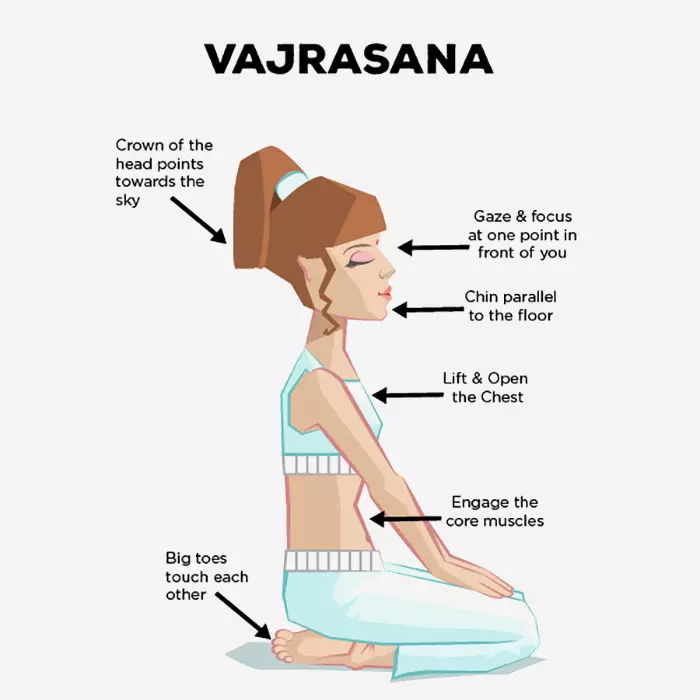
- Level: Beginners
- Style: Hatha
- Duration: 5 to 10 Minutes
- Repetition: None
- Stretches: Ankles, Thighs, Knees, Hips
- Strengthens: Legs, Back
How To Do The Vajrasana

- Kneel down, stretching your lower legs backward and keeping them together. Your big toes and heels should be as closely held as possible. People with stiff ankles can support the joint by rolling a towel underneath to support the ankle arch.
- Gently lower your body such that your buttocks are resting on your heels and your thighs on your calf muscles.
- Place your hands on your knees, and set your gaze forward with your head absolutely straight.
- Turn your attention to your breathing. Be fully aware of how you breathe and carefully observe as you inhale and exhale.
- You could close your eyes to concentrate on your breathing. Take slow and deep breaths to instill a sense of calmness in your mind.
- Try to stay in this position for a minimum of 5 to 10 minutes.
Precautions And Contraindications
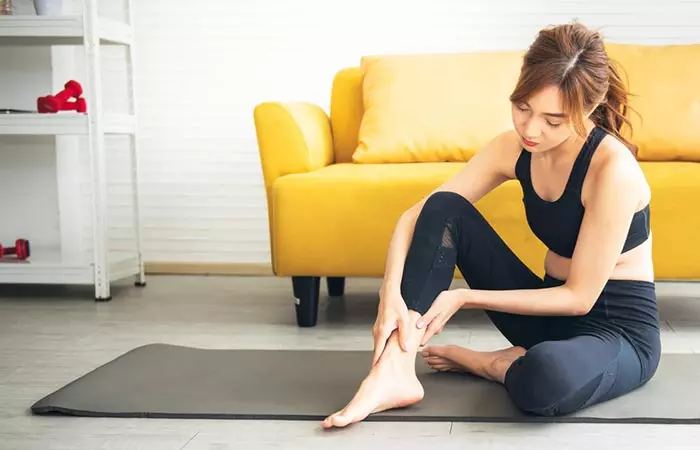
This asana is extremely safe. However, these are a few things you should be cautious about when you start practicing this asana.
- It is best to avoid this asana if you have a knee problem or have undergone surgery in your knees recently.
- Pregnant women should keep their knees slightly apart when they practice this asana so that they avoid putting pressure on their abdomen.
- Try not to over arch or overuse your lumbar spine to sit erect.
- Those suffering from intestinal ulcers, hernia, or any other problems related to the large or small intestine should practice this pose under the guidance of a yoga instructor.
 Quick Tip
Quick TipBeginner’s Tips
As a beginner, when you assume this position, it is likely that your legs might begin to pain in no time
. If this happens, all you need to do is undo the asana, and stretch your legs forward. Give your ankles, knees, and calf muscles a good massage. In time, with practice, you should be able to go up to 30 minutes comfortably in this asana.
Also, beginners should work slowly and gradually on bettering the strength of the muscles in the lower back before they try to go deeper into the pose or increasing the duration. Once the lower back is strengthened, the strain on the breath is decreased. It is also important to note that if you push yourself more than your body can take, the benefits of the pose are minimized.
Advanced Pose Alterations
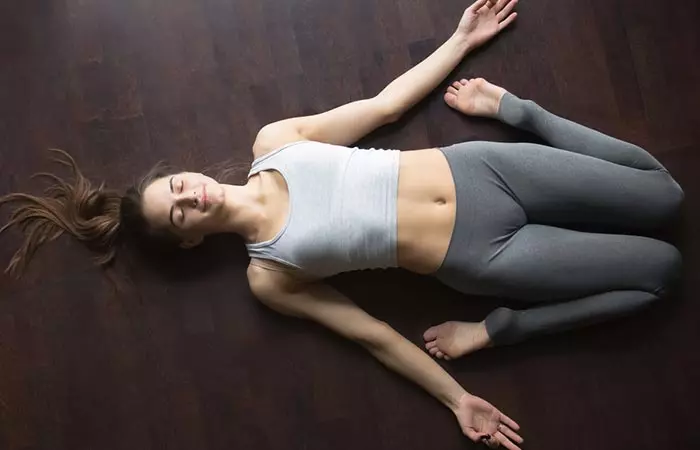
The advanced variation of the Vajrasana is the Supta Vajrasana. In this variation, once you sit in Vajrasana, you need to bend backward and place both your forearms as well as elbows on the floor. Then, arch your dorsal spine and neck until the base of your head touches and rests on the floor or is supported with a thin pillow. This asana helps strengthen the muscles in the neck, back, and chest regions. It also expands the chest and relieves lung problems. However, it is important to master the Vajrasana before you try this pose. It is also best to practice the Supta Vajrasana under the guidance of a yoga instructor.
 Did You Know?
Did You Know?Benefits Of Vajrasana
These are a few amazing benefits of the Vajrasana.
- This asana improves digestion and with regular practice, it eliminates constipation. It is also one of the most effective yoga exercise to gain weight naturally and healthily by building and strengthening muscles.
- Better digestion prevents ulcers and acidity.
- This asana strengthens the back and relieves patients suffering from lower back problems and sciatica.
- This asana strengthens the pelvic muscles too.
- It helps to ease out labor pains and also reduces menstrual cramps.
- This asana is one of the best ones to assume when you wish to go into a meditative state since it is an upright pose. Thus, it helps to improve concentration and increase mindfulness.
Not just that, this effective pose may help improve your mental well-being as well. Keep reading to find out how.
Key Takeaways
- Vajrasana yoga should be practiced after a meal to improve digestion.
- The pose might help reduce constipation, improve flexibility and menstrual cramps, and strengthen pelvic muscles.
- Give your calves and knees a good massage if you experience pain during vajrasana.
- Avoid this asana if you have knee injuries, hernia, or intestine-related issues.
Vajrasana For Mental Well-being
Practicing Vajrasana helps your mental health in the following ways (1):
- Grounding and Stability: Sitting in Vajrasana creates a stable posture, helping to reduce anxiety and restlessness.
- Deep Breathing: Encourages deep breathing, which calms the body, lowers heart rate, and reduces stress.
- Mindfulness: Promotes being present in the moment, helping to ease anxious thoughts and bring a sense of calm.
- Balancing Energy: Helps balance energy flow in the body, which may reduce stress and promote mental tranquility.
- Relaxation: Vajrasana supports deep relaxation, calming the nervous system and relieving tension, especially beneficial for chronic stress.
Learn more about what makes this pose a good solution for digestive issues in the next section. Read on!
The Science Behind Vajrasana

The Vajrasana is a steady, firm pose, and those who assume it cannot be shaken easily. It is a meditative pose, but sitting in this pose can be quite challenging. One has to conquer the pain in the legs and the unrest in the mind to master the pose and enter a meditative state. One needs to train themselves to sit still and be willing to invest their mind in it.
The Vajrasana regulates blood circulation in the lower pelvic region. Sitting on your legs reduces the blood flow in the legs and increases it in the digestive area, therefore increasing the efficiency of the digestive system.
Preparatory Poses
- Ardha Shalabhasana
- Shalabhasana
Follow-Up Poses
- Makarasana
- Balasana
- Shavasana
Both Vajrasana and Virasana appear similar and require sitting on the floor, but they are slightly different in terms of their execution. Let us learn more about them in the next section.
Vajrasana Vs. Virasana
While practicing Virasana, you start by kneeling on the floor, just like you would begin Vajrasana. The key difference between the two is that in Virasana, you have to place the knees closer, with your hips sinking between the heels, instead of your feet being close together as in Vajrasana. Virasana requires you to position your feet in such a way that they do not touch each other. Since Vajrasana requires you to sit on your feet and not in between them, it requires less internal rotation at the hip. When it comes to choosing between the two, you should choose the one that suits your body’s flexibility.
Infographic: 6 Reasons To Practice Vajrasana Daily
Vajrasana is also known as the thunderbolt pose. While it may look simple, this powerful yoga pose does a lot more than just posture correction. Practicing it daily can help you gain flexibility and other health benefits. The infographic below lists the reasons to spare a few minutes every day and practice this asana. Take a look.
Some thing wrong with infographic shortcode. please verify shortcode syntaxVajrasana yoga may improve digestion and ease constipation and should be practiced after having a meal. However, this asana is not suitable for everyone, especially those with knee issues. Besides, pregnant women should slightly modify this pose to avoid exerting pressure on the abdomen. This pose helps strengthen the lower back and pelvic muscles, reduces menstrual cramps, etc. Close your eyes and focus on your breath while doing this asana to calm your mind. If you have mastered this pose, you can practice meditation with religious chanting to strengthen your spirituality. Also, you can try pranayama for relaxation and well-being. In addition, you can try the advanced asana called Supta Vajrasana, which strengthens the chest, neck, and back muscles and resolves lung problems.
Frequently Asked Questions
Is Vajrasana better than walking?
Yoga practitioners suggest refraining from walking after meals as the energy is diverted from digestion. Instead, they suggest sitting in Vajrasana and letting your body relax and divert the energy to digest the food.
Can we do Kapalbhati in Vajrasana?
Yes, Kapalbhati can be done while sitting in Vajrasana (2). It keeps the respiratory system healthy.
How many times a day should we do Vajrasana?
Doing Vajrasans 4-5 times a day is ideal for your body.
Is Vajrasana suitable for high blood pressure?
Yes. Vajrasana may help regulate blood pressure and boost digestive health.
Embark on a journey of tranquility and well-being with Vajrasana Yoga. Learn the correct technique, experience its profound benefits, and discover inner peace in this enlightening video made by an expert. Check it out today!
References
Articles on StyleCraze are backed by verified information from peer-reviewed and academic research papers, reputed organizations, research institutions, and medical associations to ensure accuracy and relevance. Read our editorial policy to learn more.
- The influence of Vajrasana (thunderbolt pose) on an individual
https://www.researchgate.net/publication/373976109_THE_INFLUENCE_OF_VAJRASANA_THUNDERBOLT_POSE_ON_AN_INDIVIDUAL_Original_Research_Paper_Siddappa_Naragatti - Effect of fast and slow pranayama on perceived stress and cardiovascular parameters in young health-care students
https://www.ncbi.nlm.nih.gov/pmc/articles/PMC3734635/
Read full bio of Anirudh Gupta
Read full bio of Shirin Mehdi
Read full bio of Arshiya Syeda
Read full bio of Moksha Gandhi





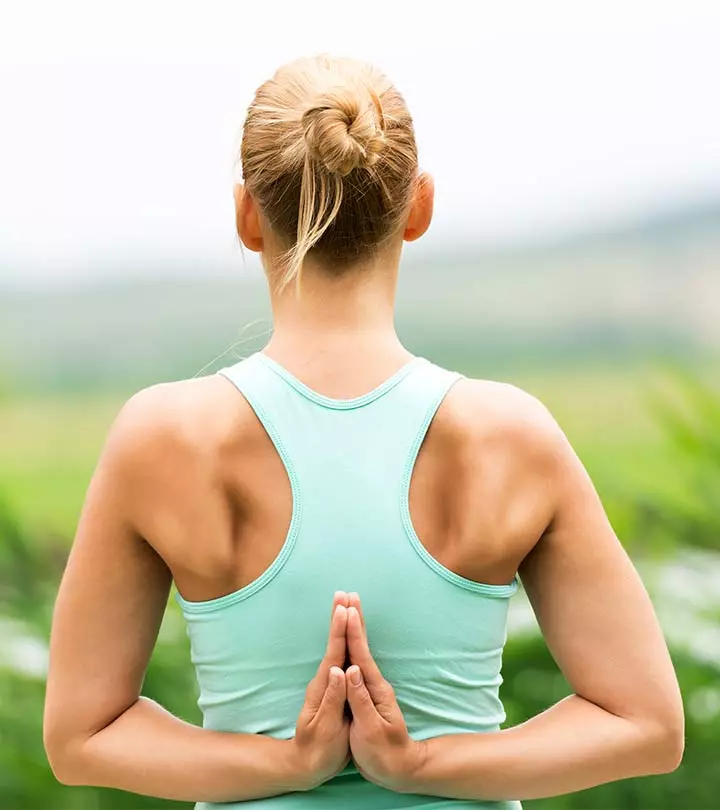


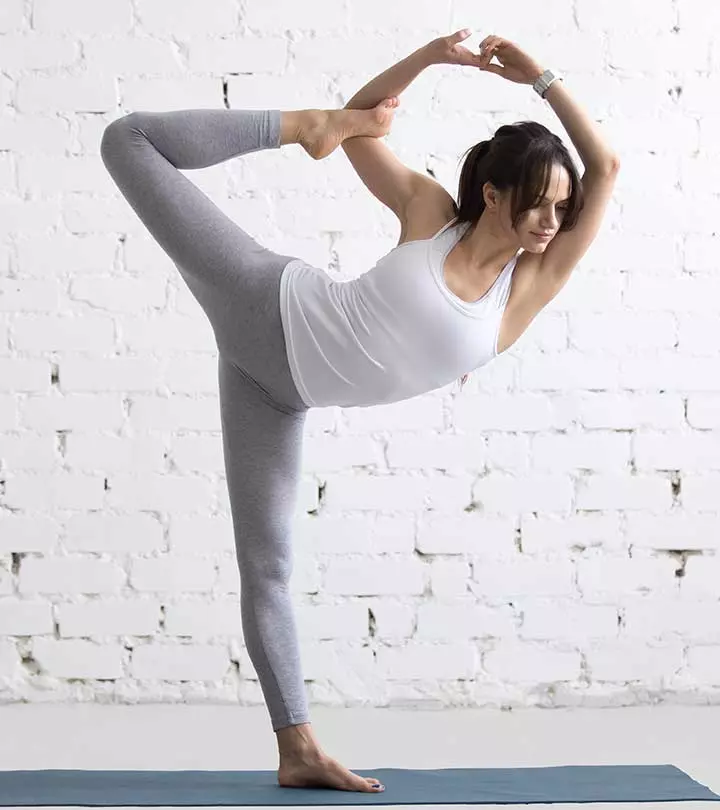

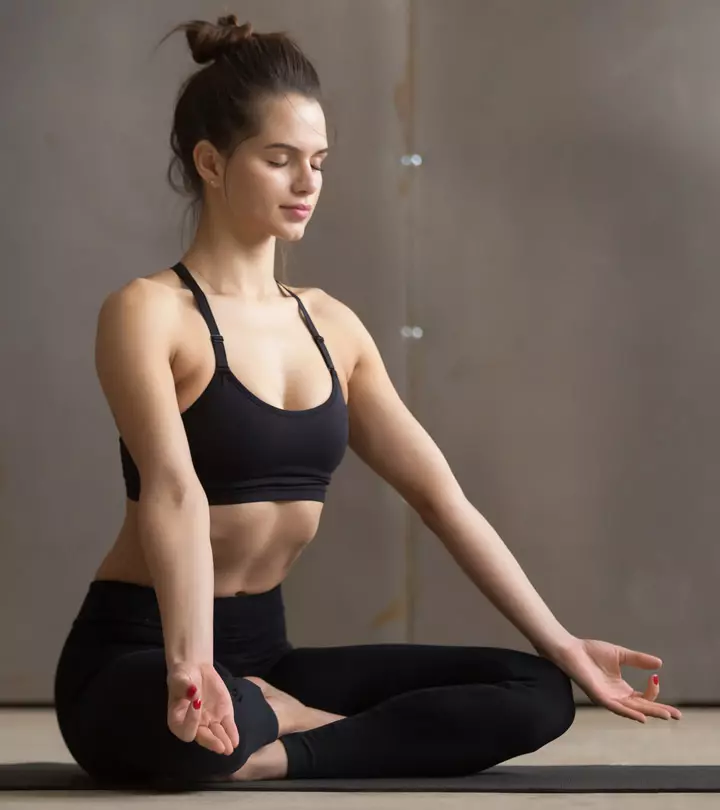


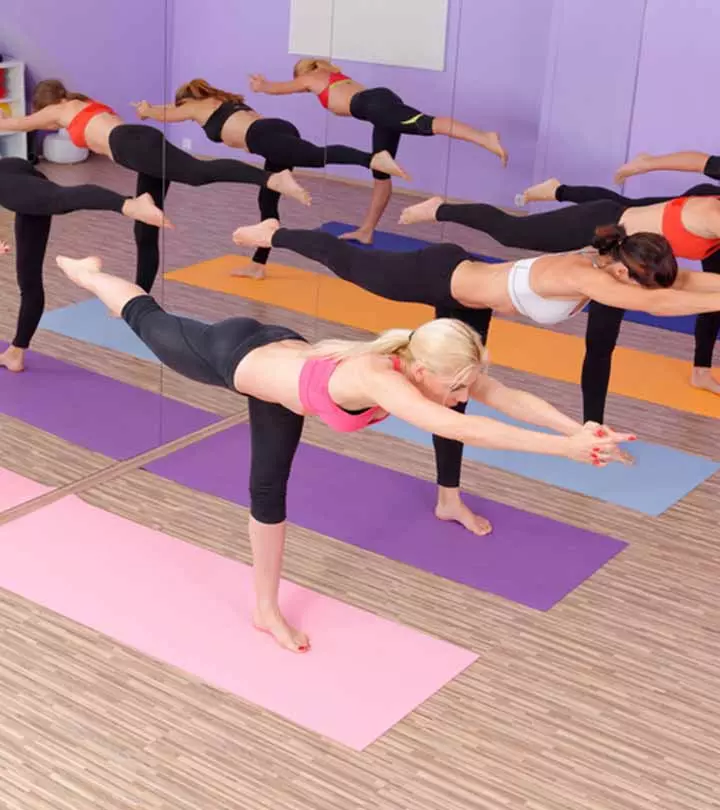



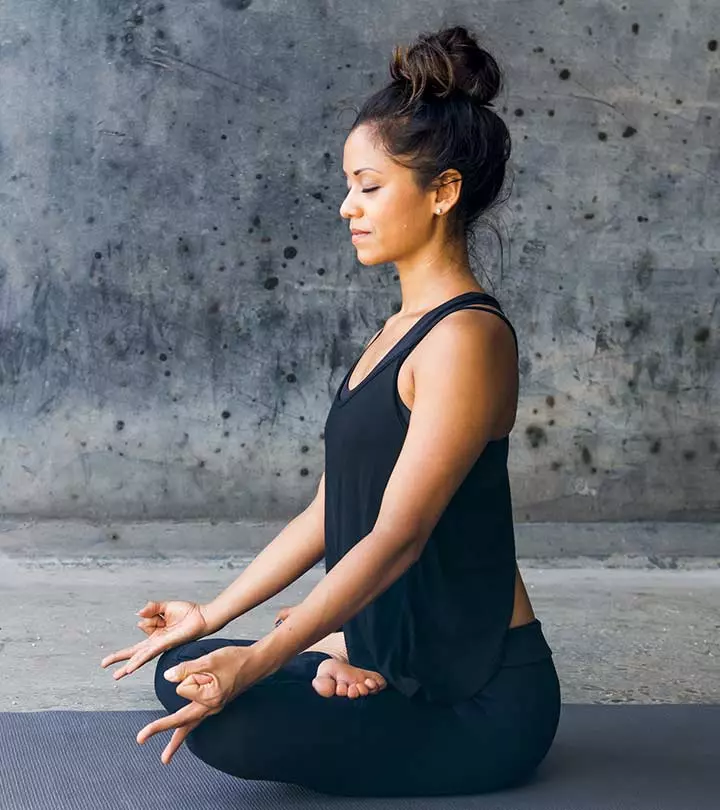

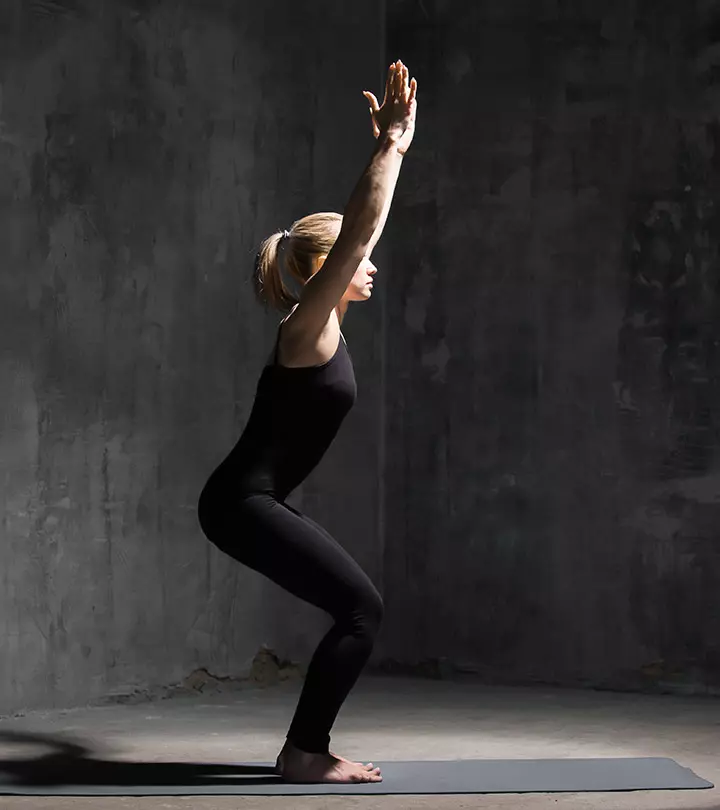
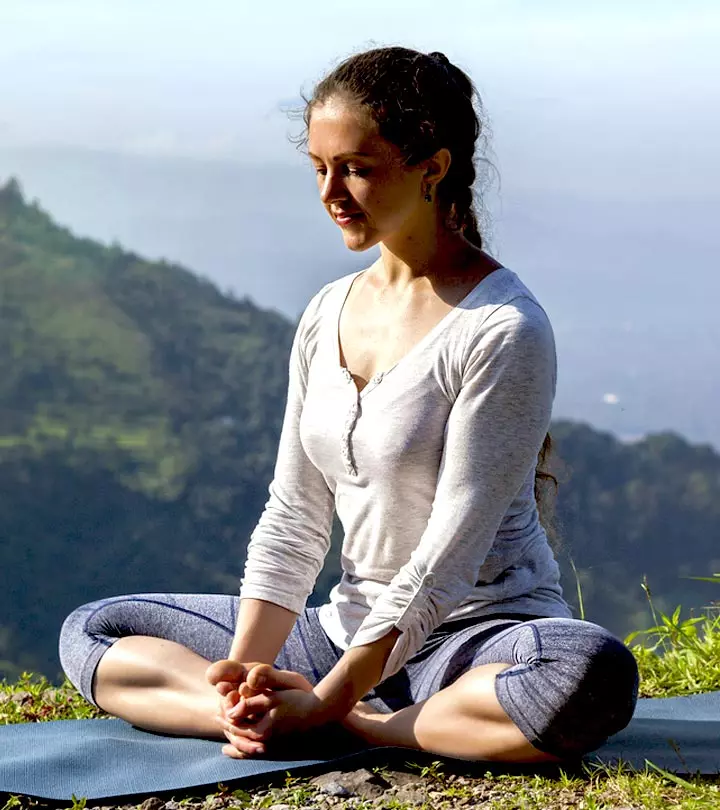
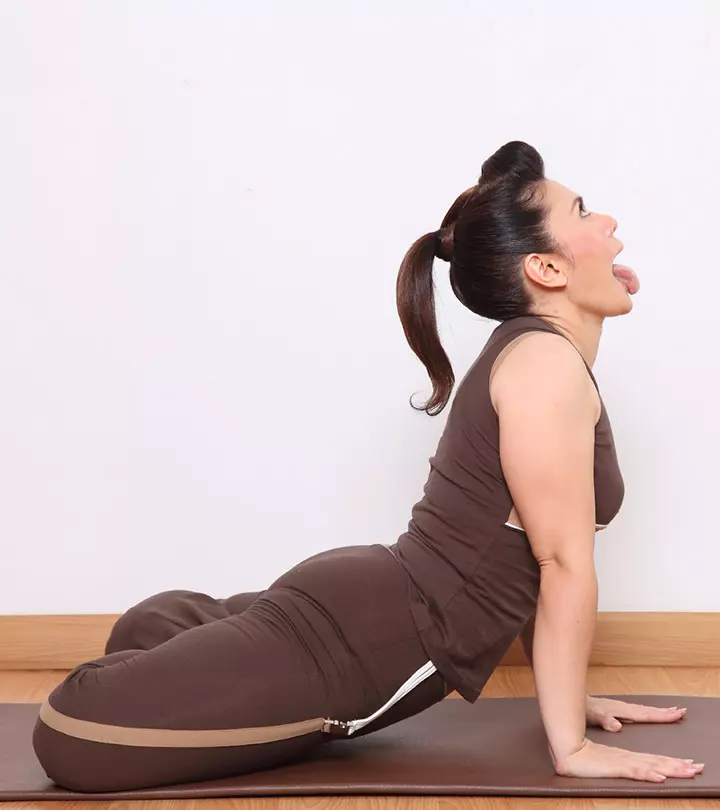



Community Experiences
Join the conversation and become a part of our empowering community! Share your stories, experiences, and insights to connect with other beauty, lifestyle, and health enthusiasts.